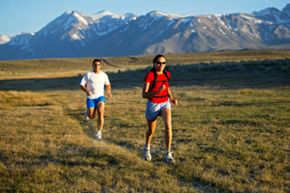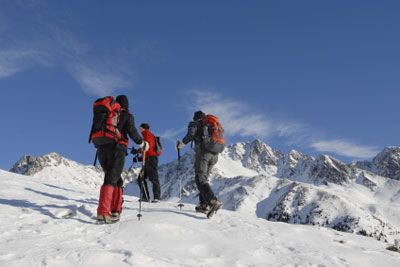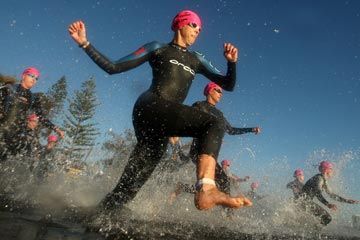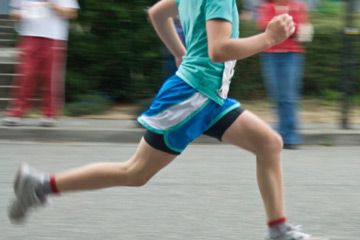Coaches and elite athletes of all disciplines swear by high altitude training. Cycler and seven-time Tour de France winner Lance Armstrong trained at altitude when he was recovering from a collarbone injury in 2009. Swimmer Michael Phelps completed high altitude training camps at the Olympic Training Center at Colorado Springs to prepare for his record-busting performances in the 2008 Olympics.
Proponents of high altitude training (often simply called "altitude training") note that the human body produces more red blood cells at higher altitudes. They believe that the presence of these oxygen-hungry cells boosts athletic performance for a few weeks after an athlete returns to sea level [source: Eyestone]. Because circumstantial accounts of better performance after altitude training exist across many athletic disciplines, altitude training is especially attractive to multisport competitors and triathletes.
Advertisement
Not everyone agrees that altitude training is beneficial, however. Thinner air makes it more difficult to train at altitude. You'll breath faster, and your heart rate will be higher, even though you aren't running, cycling or swimming as fast as you're able to at sea level. Detractors say that training at lower intensity while acclimating to altitude cancels out the benefits of increased red blood cell production. Furthermore, the effects of altitude are unpredictable. While one athlete may feel fine, another will feel sluggish and unable to perform as the body acclimates to the thin air at high altitude.
In this article, we'll talk about the pros and cons of high altitude triathlon training. In the next section, let's explore the benefits.
Advertisement



